Six summer books to transport the reader to the Texas outdoors
These are not beach reads.
No thick novels. No celebrity memoirs. No juicy exposés.
These are, nevertheless, summer books.
Each of the six titles discussed in this column lures the reader out into the Texas landscape, sometimes for play, at other times for something more like work.
So many things in life are both, right?
Although the outdoors is often unbearably hot during our Texas summers, find a cool spot in the shade to relish these stories about our state.
The words and images might inspire some bucolic adventures during the milder hours of a summer day.
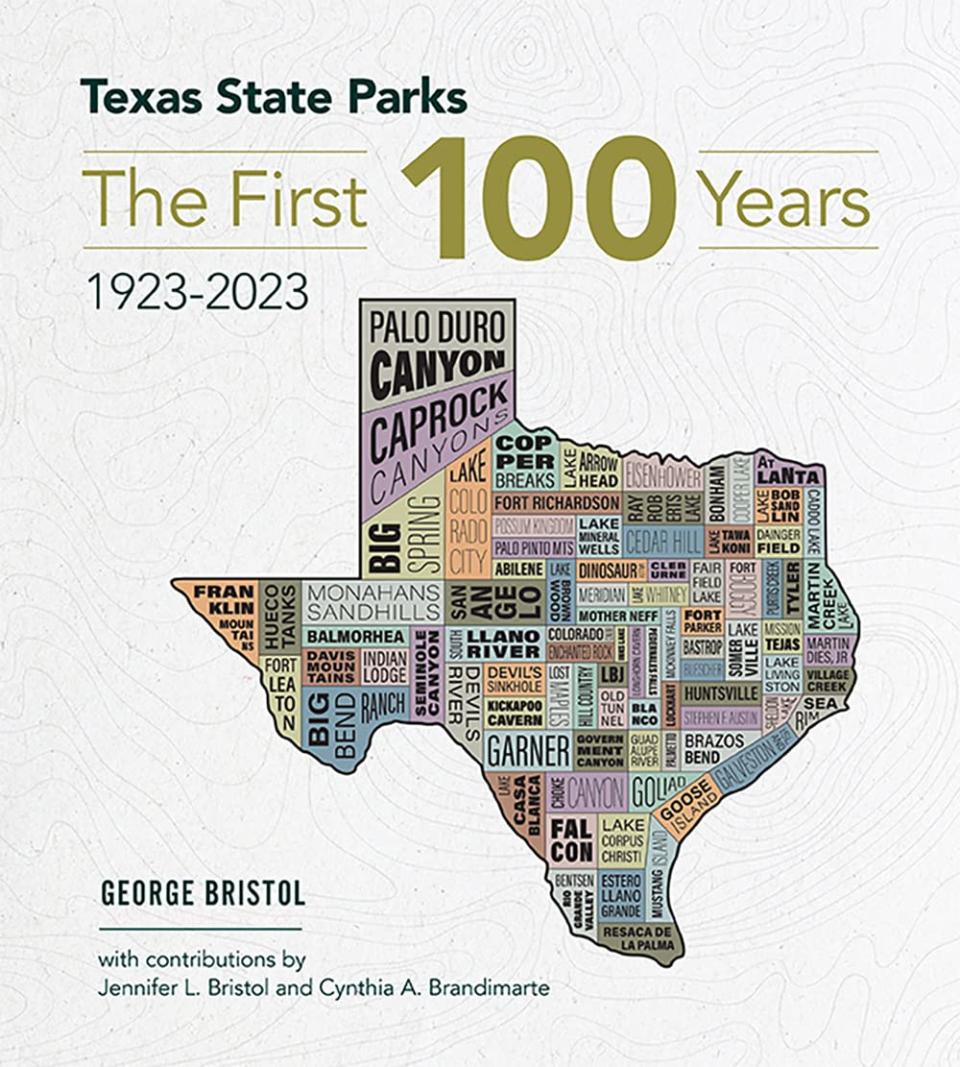
How Texas acquired a state parks system
"Texas State Parks: The First Hundred Years, 1923-2023" by George Bristol (TCU Press):
It took 100 years. Actually longer. Yet Texas can now claim a parks system that is well-financed. In 2019, thanks in part to the efforts of author and conservationist Bristol, Texas voters finally dedicated all proceeds from sporting goods sales taxes to Texas Parks and Wildlife and the Texas Historical Commission. That's not all. At this writing, a bill that would create a $1 billion endowment to acquire new parklands awaits Gov. Greg Abbott's signature.
Bristol takes the reader back to the beginnings of the national parks movement, which nearly passed Texas by, because the state kept its public lands when it entered the union in 1845. He includes a chapter by his daughter, Jennifer Bristol, on the critical role of women in lobbying for state parks. (Stay tuned: She's writing a book on the state's women environmentalists.)
The book examines the role of the federal government in building many of the early state parks, particularly through the novel New Deal program, Civilian Conservation Corps. (Cynthia A. Brandimarte contributed this chapter.) It's hard to get through the accounts about the decline and decay of some parks, but along came two champions, Lady Bird and Lyndon Baines Johnson, who made the outdoors cool again.
More: 30,600-acre Balcones preserve now a factor in tollway fight
Bristol praises the work of other political and parks leaders, including those who pushed the original sporting goods tax in 1993, which was undermined from the start. That failure required the aforementioned 2019 vote. He also highlights the private philanthropists who did much of the land acquisition when the stingy state government would not.
This is a biggish book. It includes a full section with glorious photographs of each state park, along with appendices on the sporting-goods-tax campaign and other background material.
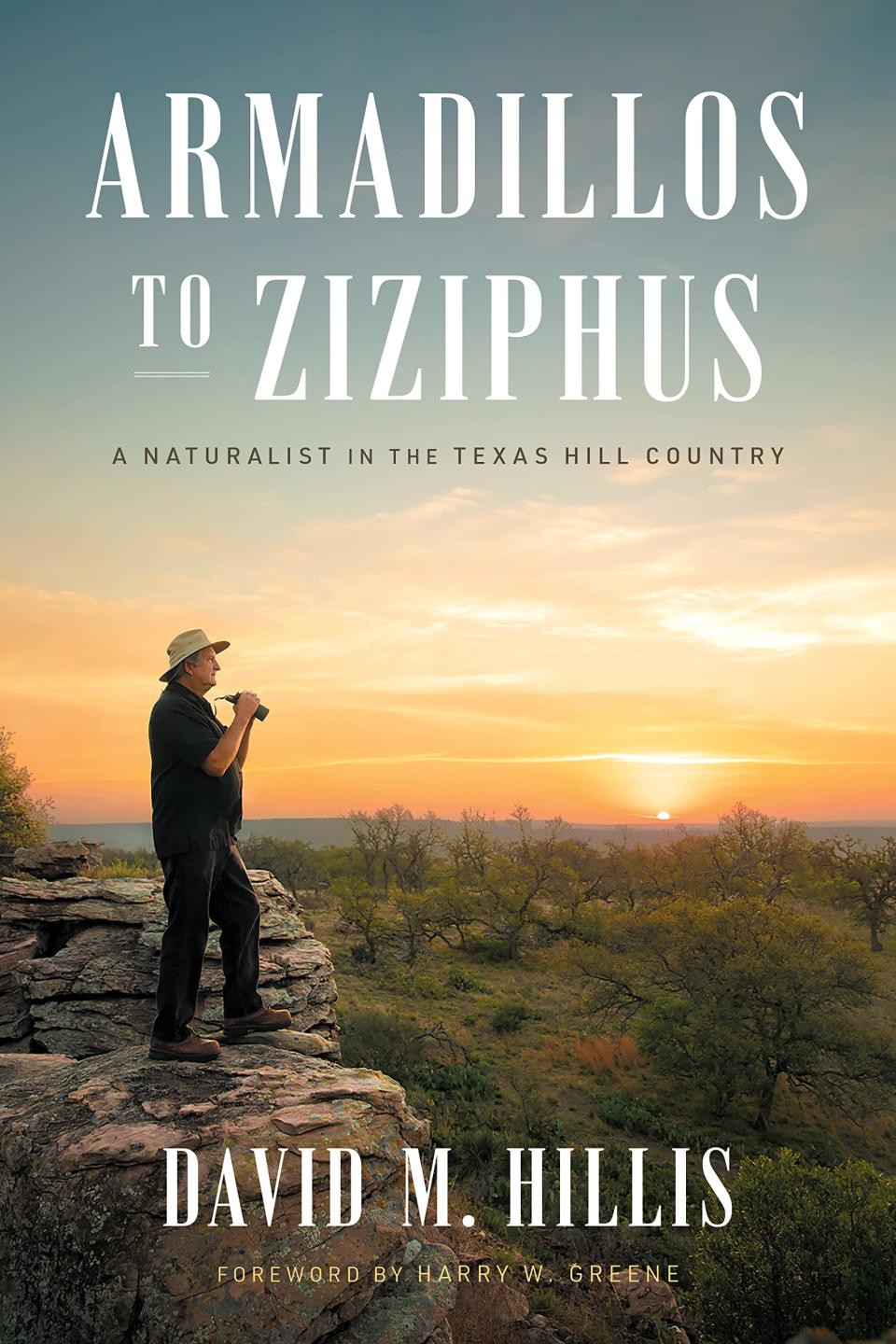
What you wanted to know about nature in the Hill Country
"Armadillos to Ziziphus: A Naturalist in the Texas Hill Country" by David M. Hillis (UT Press):
This book is intensely delightful. Author Hillis writes short, entertaining essays on nature. Many of his stories first appeared in the Mason County News.
Hillis, who heads the biodiversity program at the University of Texas, is the real deal as a scientist. He has even discovered several species, including the endangered Barton Spring salamander.
Rare among scientists, however, Hillis writes in a fluid, open, sometimes awed manner, primed for enjoyment by the reasonably curious reader.
More: Texas history: Loading up on the state’s past in the Hill Country town of Mason
He also knows to get your attention. Did you realize, for instance, that the javelina and the nine-banded armadillo, long recognized as symbols of Texas, are relatively recent immigrants to the state? The first arrived in the 1700s, the second in the 1800s.
I'm so pleased with this book, I'm seeking permission to run a couple of the essays in this space. Perhaps some day, I'll tour Hillis' Double Helix Ranch in Mason County and report back on that scene.
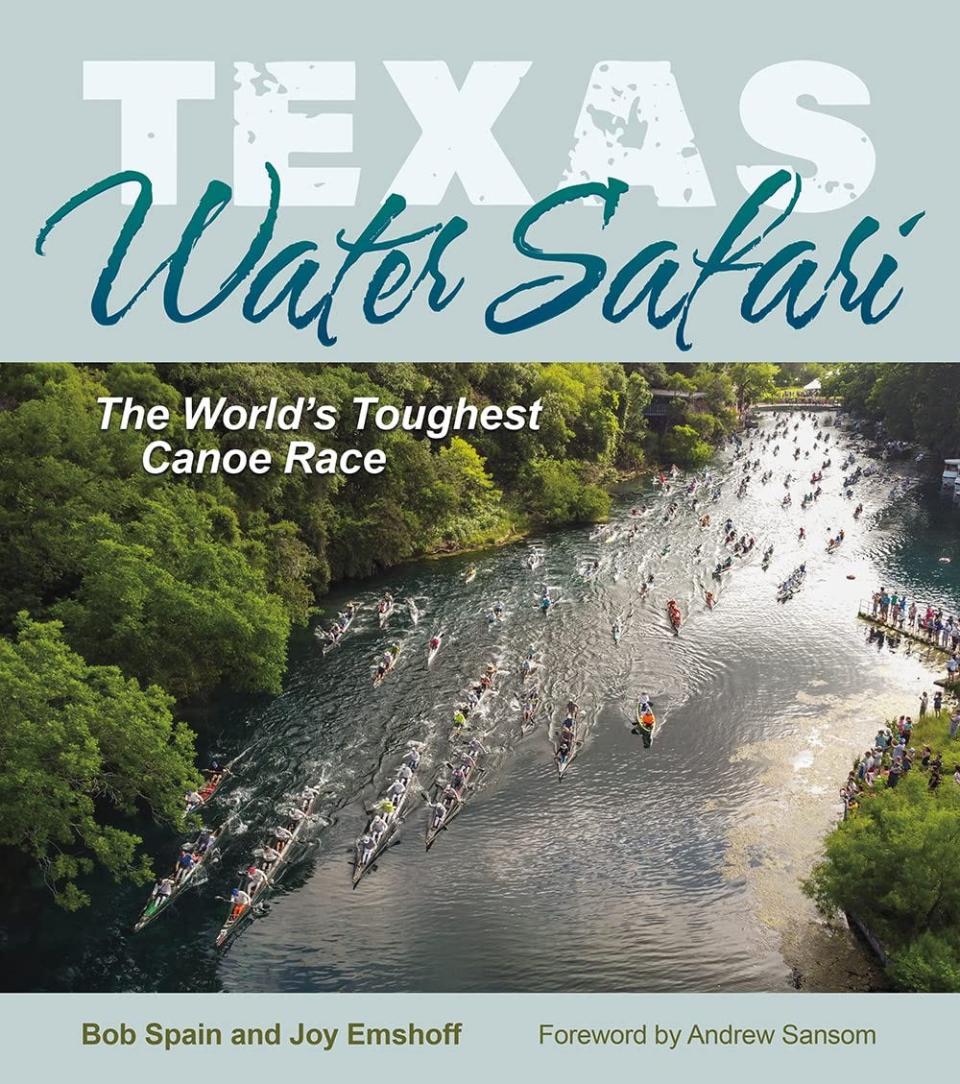
A rough ride down a Texas river
"Texas Water Safari: The World's Toughest Canoe Race" by Bob Spain and Joy Emshoff (Texas A&M University Press)
I kid you not: I once considered training for the Texas Water Safari. After all, I like to canoe. I love Texas rivers. I've spent a good deal of my life out of doors.
This was decades ago. Not only has that window closed, reading this book assured me I would not have survived.
No, this is the kind of thing my former colleague, adventure writer Pam LeBlanc, does well and then writes about with great descriptive fervor.
Authors Spain and Emshoff go into intense detail recording the history of this specific canoe race. They document it from beginning — with a crazy quest in 1962 by Frank Brown and "Big Willie" George to paddle a motorboat without a motor down the San Marcos and Guadalupe rivers and then across the windblown bay to Corpus Christi — to the most recent races that feature a multitude of categories and boating styles.
More: Texas History: Take a cool dip into the historic Medina River with this detailed guide
Contestants must carry all their provisions with them from the start and can receive no help during the race. Here's a clue as to how tough it is: Of the 58 crafts that participated in the first organized race in 1963, only two made it to Corpus Christi. (The route from the mouth of the Guadalupe has changed more than once.)
Spain and Emshoff supply the merely curious with hundreds of thrilling photographs and, of course, tales of mishaps and triumphs. The back of the book includes accounts of each race, year by year, as well as statistics on the winners. There's even a Texas Water Safari Hall of Fame. The top honor is membership in the "10,400 Mile Club." Only one paddler, John Bugge, had reached that mark by 2019.
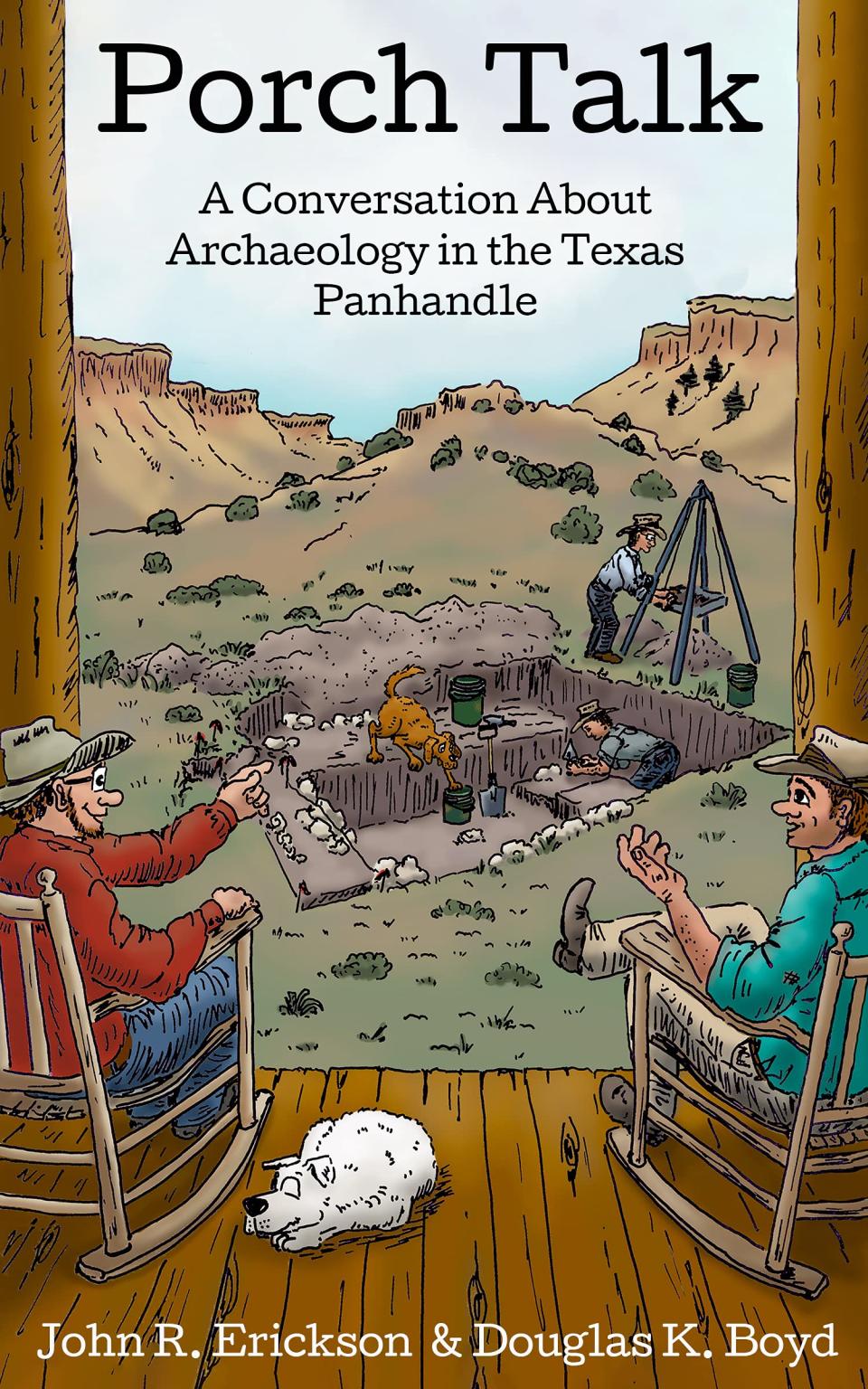
"Porch Talk: A Conversation About Archaeology in the Texas Panhandle" by John R. Erickson and Douglas K. Boyd (Texas Tech University Press)
A glance at the cover of this book assures you that it will be an amusing and illuminating read. After all, one of the two authors of this volume on Texas archaeology, Erickson, is the creative spirit behind the "Hank the Cowdog" book series.
Erickson saved up his "Hank" earnings to buy a ranch above the Canadian River in the Panhandle. While many Texans think of the Panhandle as flat, it is broken by two huge, rugged canyons — the other is the better known Palo Duro Canyon on the Prairie Dog Town Fork of the Red River. This kind of land provides all sorts of environments for early human habitation, as Erickson was to find out.
More: More than 50 million artifacts from Texas’ past kept at UT lab
He sets up the stories of the finds on his M-Cross Ranch as a back-and-forth between him and the more scientifically trained Boyd. What they found over the years is amazing. Not just arrow points, knives, shards, scrapers and burnt daubs from different eras, but also burial sites, underground storage pits and homes.
Wait, you think, Native American homes in the Panhandle, land of migratory tribes? Aren't stable dwellings more associated with the pueblos of peoples to the west or the grass houses of sedentary tribe to the east? Erickson, Boyd and friends found not only the remains of pit-houses, but also, unexpectedly, picket-post houses at M-Cross.
There's a lot of detailed archaeology in "Porch Talk," but the authors make their cases as clear as a Panhandle sky. Erickson's playful illustrations help keep the overall tone light.
Parallel family adventures in West Texas
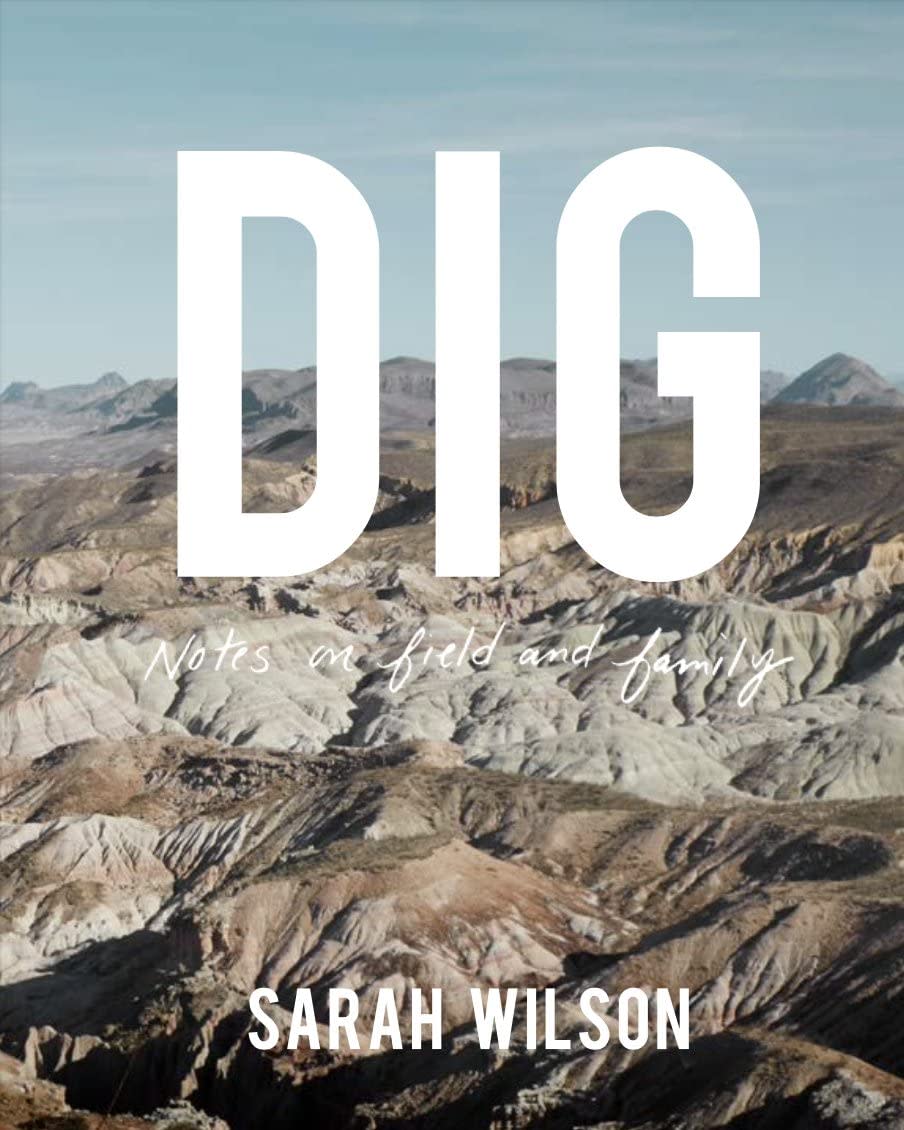
"Dig: Notes on Field and Family" by Sarah Wilson (Yoffy Press)
Gorgeously conceived, designed and executed, this singular volume by Austin photographer, cinematographer and movie producer Wilson is a prime example of "the book as art."
"My soul hides out in the West Texas desert," Wilson writes, inviting the reader into her life, "it's where my body is most at ease. The way of life out there is not dictated by humans, but rather by the weather, the animals and the sun. Out West I feel I am at their mercy, and strangely I find that comforting."
Perhaps half the book's photographs are striking views of West Texas, especially Big Bend country.
More: Grumet: Count brides among those waiting for Texas Memorial Museum to reopen
Yet very quickly, Wilson introduces her grandfather, John A. Wilson, a paleontologist who specialized in West Texas fossils, and who, in 1949, established the Vertebrate Paleontology Lab at UT's research complex, now named after late U.S. Rep. J.J. Pickle. (See some of his charismatic finds at the revamped Texas Memorial Museum on the UT campus.)
In this short book's moment of supreme grace, the grandfather gives the granddaughter a set of teaching slides that almost exactly duplicate the desert places she visited and photographed. The author later got to know the researchers at the Pickle Center in North Austin — a glorious place if you can talk your way in — and she photographed charismatic fossils there.
Included among the images is the 38-million-year-old skull of a primate that her grandfather discovered and named. In another case of familial parallelism, the author, on only her second dig, found an exceedingly rare specimen, a piece of the jawbone of a small deer-liked mammal that lived 43 million years ago. It is now displayed near her grandfather's signature find at the UT Lab.
Don't romanticize Texas ranch life
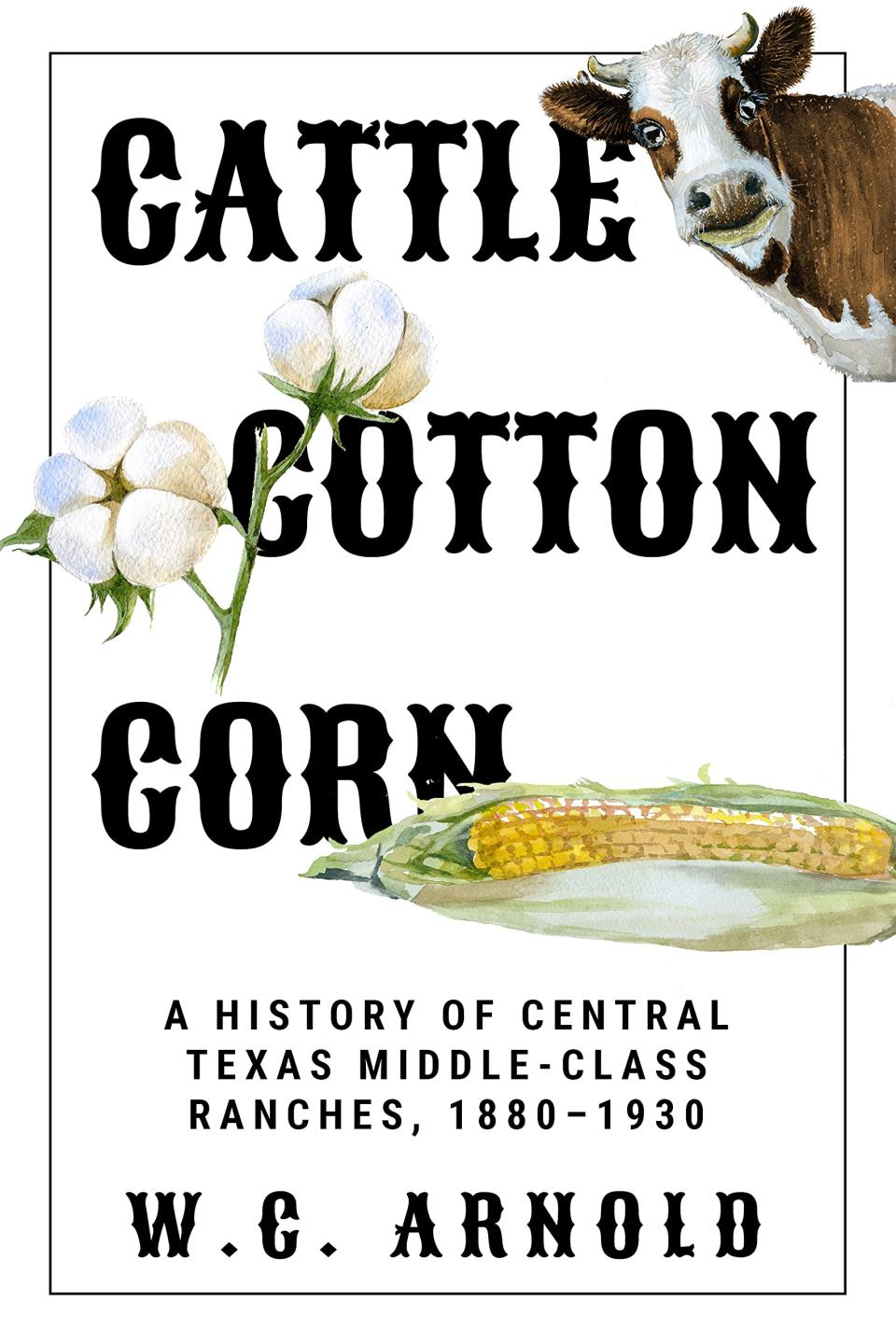
"Cattle, Cotton, Corn: A History of Central Texas Middle-Class Ranches, 1880-1930" by W.C. Arnold (Texas Tech University Press)
Count the reasons why this is no ordinary Texas history book: 1) It is written by a physician who later in life became a scrupulous, academically-trained historian and teacher; 2) it is based on a trove of salvaged ranch records supplemented by archival and published material; 3) it is set mainly among the prairies, hills and valleys that enclose branches of the Bosque River, a beautiful land with a rich literary heritage.
Arnold descended from one of the related farming and ranching families described in his book. A ranch manager himself, he applies an insatiable curiosity about the Texas landscape to the story of farmers from the Old South who stopped first in East Texas, before growing or raising all three of the titular agricultural products — cattle, cotton and corn — plus, smartly, sheep. Many of the families did well, while others crashed and burned.
More: Absolute peace and quiet in Bosque County
The Civil War and other disasters played roles in their fates, as did changes in technology and labor. For instance, some of the families brought a few enslaved workers back from Alabama, but in this case, they did not easily adapt to this more arid and isolated region on what was then a violent frontier.
The ranch records accorded Arnold a gold mine of economic, social and personal history. I am reminded of Joleene "Jo" Maddox Snider's "Claiming Sunday: The Story of a Texas Slave Community," although the San Marcos teacher harvested more insights about individual personalities from the letters, ledgers and other miraculously preserved family materials.
Michael Barnes writes about the people, places, culture and history of Austin and Texas. He can be reached at mbarnes@gannett.com. Subscribe to the free weekly digital newsletter, Think, Texas, at statesman.com/newsletters, or at the newsletters page of your local USA Today Network paper.
Note: An earlier version of this post incorrectly identified author David M. Hillis.
This article originally appeared on Austin American-Statesman: Texas Water Safari, state parks, natural history among summer reads

